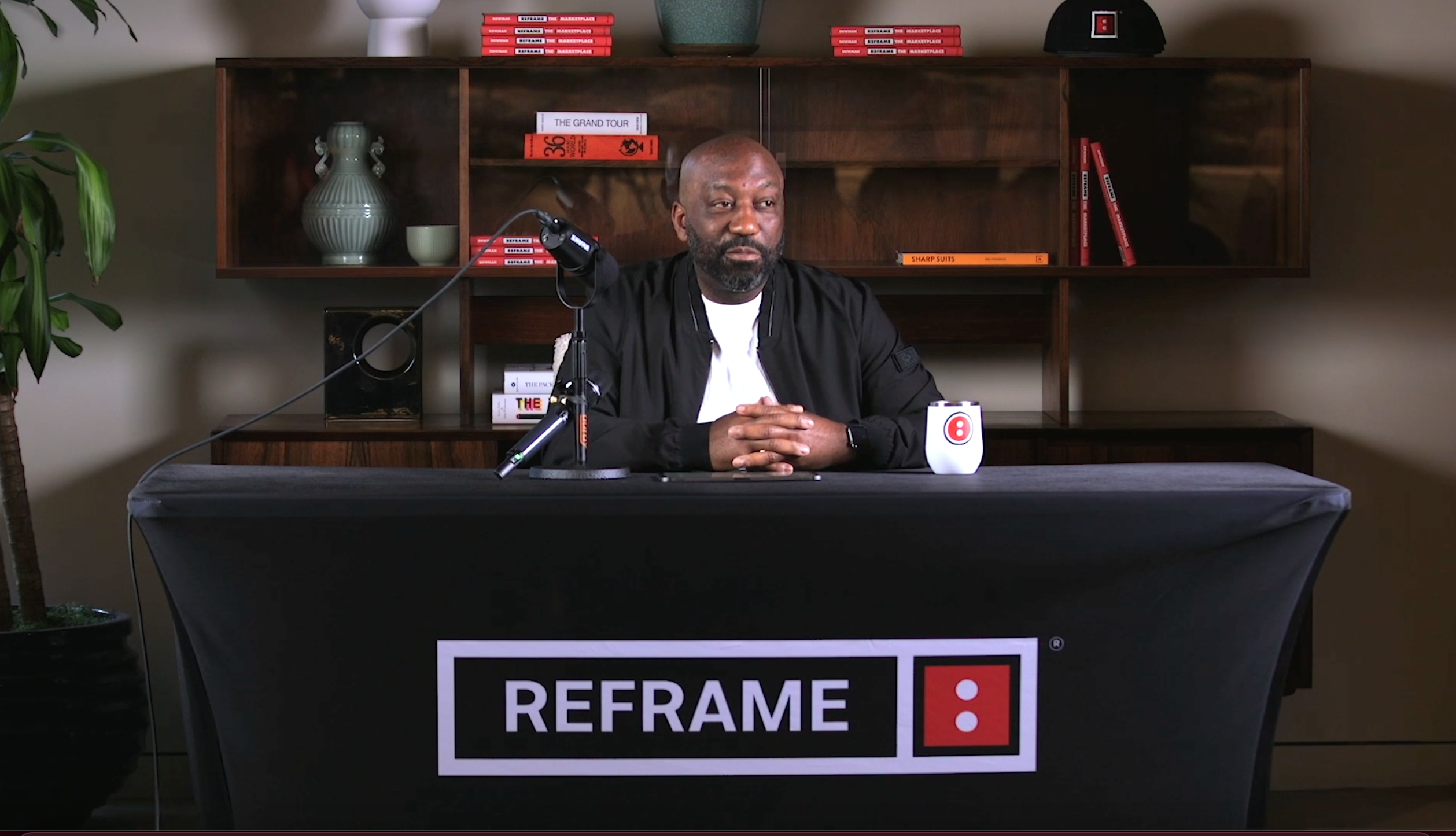Number Three of Three ‘Total Market’ Misperceptions: It is Hard to Operationalize and Scale
Organization Change and Employee Engagement
This article is the last in a three-part series about 3 ‘Total Market’ Misperceptions. The series provides evidenced based learnings about the topic and a foundation for practitioners looking to modernize their workplace and marketplace approaches.
Okay. The Total Market Approach is a little hard. What’s the other option? Continue to do what we’ve always done? We know how that will end. Operationalizing and scaling the Total Market Approach for the workplace and marketplace is very similar to how organizations approached and are solving for digital beginning in the early 2000s. The difference? People are changing and not channels, bits and speeds. There is even more at stake!
Like organizations approached digital, meaning “everyone had to become digital competent”, everyone must learn and become competent about women, black and brown people. Within the workplace, a common practice is to have diversity and inclusion practitioners and within the marketplace, multicultural marketing practitioners focused on 43% of the total addressable market. Imagine five (5) people in a 100,000 organization focused on nearly half of the population while the rest of the 99,995 employees focused on the other 57% of the total addressable market. It is an unrealistic expectation, however this is how it works today.
The total market approach requires employee engagement and learning from the inside, out and not the outside, in. This is required because when workplace and marketplace practices were established in the early 1900s, it was a monocultural society. As the marketplace evolved, it was okay to delegate the responsibility of diversity to a small group. For more than six (6) decades, addressing the needs of diverse employees in the workplace and diverse consumers in the marketplace was someone else’s responsibility. It has to be everyone’s responsibility now.
Because the Total Market approach exist within an emerging industry vertical, many companies are at the beginning of their change journey. To get started, organizations have to first understand how culturally mature their workplace is or is not. There are three to four generations in the workplace today. It is mission critical to assume everyone is at the same level of cultural maturity.
This requires an cultural assessment of the employee, team and enterprise organization. Not the kind of annual cultural “health” surveys companies use today but an assessment that measures whether or not an organization is culturally mature. It seeks to understand how to move the organization from a monocultural to a cross-cultural organization. The annual health surveys are not a modern way to understand if an employee understands how to engage in a modern inclusive workplace or connect with diverse consumer segments.
Get your free How to Culturally Assess Your Organization ebook for an overview of what a cultural assessment is and is not . It addresses what a cultural maturation model is and how it helps organizations and individuals understand cultural gaps and how to close the gaps. Talent, diversity and inclusion, employee engagement, learning and development all play a critical role in scaling the total market approach across the enterprise. Once the employee, team and enterprise understands their cultural maturity gaps within the workplace, then you are on you way to building an engaged workplace with personalized learning and development while building an inclusive and high performance organization for the total addressable market.
Interested in learning more about how to #closethegap between your workplace and marketplace? Please be sure to check out these posts:
Total Market Misperception #2: It is a Marketing Approach
3 ‘Total Market’ Misperceptions – Will The Real ‘Total Market’ Stand Up!
Assessing Your Organization’s Level of Cultural Maturity
or get the industry’s first full report on The State Of The Total Market Industry Vertical here.
Related Blog Articles






